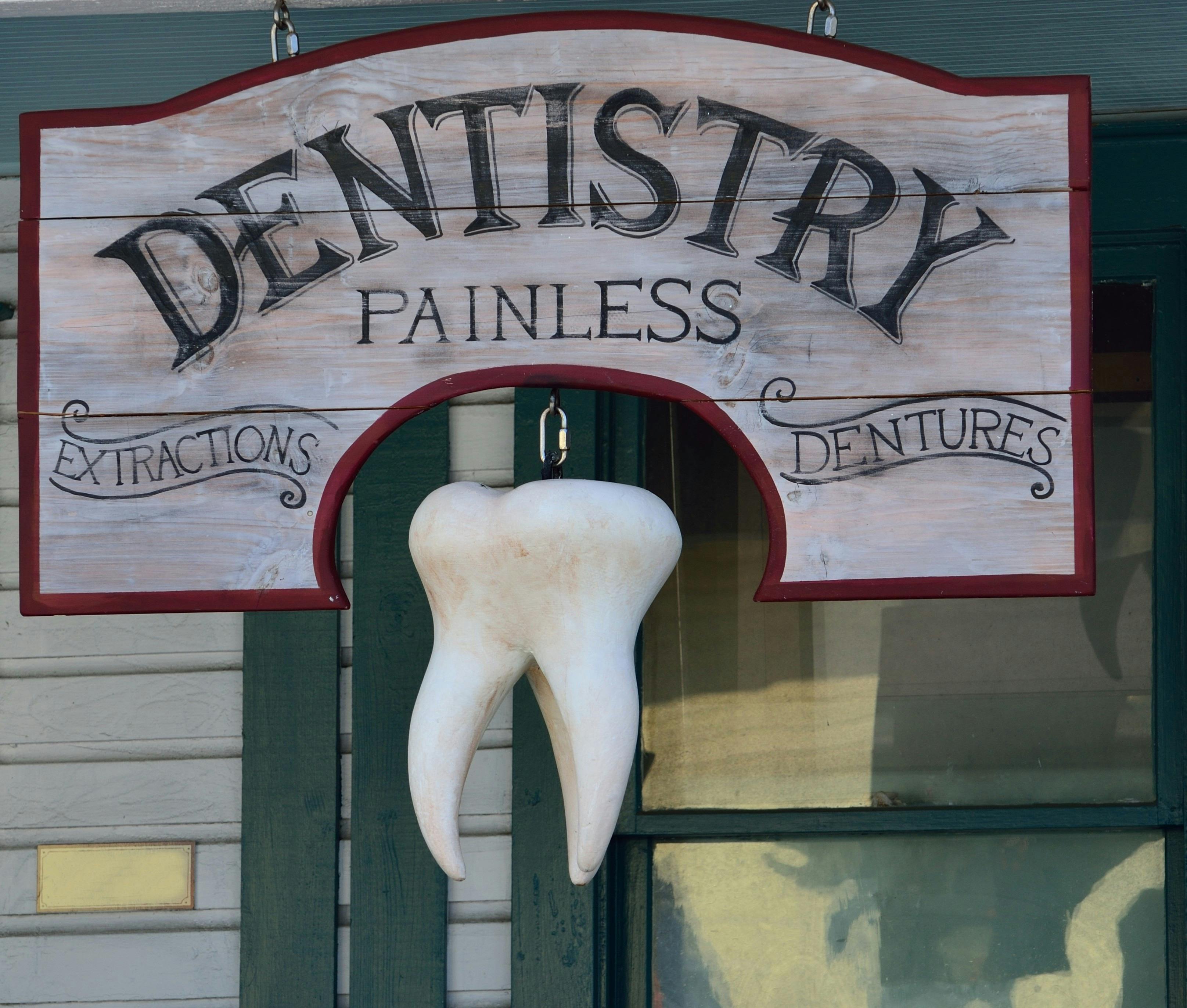Ingredients Used in Teeth Whitening Toothpastes
The ingredients used in teeth whitening toothpastes vary depending on the brand and type of product. Generally, these toothpastes contain certain abrasives that help remove surface stains and discoloration, as well as other ingredients that help to break down and remove plaque buildup. Common abrasives found in whitening toothpastes include hydrated silica, calcium carbonate, dicalcium phosphate, and alumina. These ingredients work by gently scrubbing away surface stains from the enamel of the teeth.
In addition to abrasives, many whitening toothpastes also contain mild bleaching agents such as hydrogen peroxide or carbamide peroxide. These ingredients act as oxidizers, breaking down stain molecules and helping to restore a brighter, whiter smile. Other common ingredients include baking soda which is a natural whitener and polisher, fluoride which helps protect against cavities and gingivitis, menthol for fresh breath, and various flavors for taste.
Some whitening toothpastes also contain enzymes that help break down proteins such as food particles that can stick to the teeth and cause discoloration. Enzymes such as papain from papaya extract or subtilisin from bacteria can be effective in removing stained proteins from the teeth.
In addition to these active ingredients, some brands of whitening toothpaste may also contain natural extracts such as aloe vera juice or tea tree oil for additional benefits. While these types of extracts may not directly contribute to teeth whitening benefits, they can still help improve overall oral health by providing anti-inflammatory or anti-bacterial effects.
Overall, there are many different types of ingredients used in teeth whitening toothpastes that all work together to provide a brighter smile. By selecting the right type of product for your needs, you can have a whiter smile in no time!
How Does Teeth Whitening Toothpaste Work?
Teeth whitening toothpaste is designed to remove surface stains from teeth. It usually contains abrasives and chemicals that help to lift and remove the stains from the enamel of the teeth. Some of the common ingredients in whitening toothpaste include silica, calcium carbonate, hydrogen peroxide, and baking soda.
Silica and calcium carbonate are abrasive agents that help to scrub away surface stains from the teeth. They are usually combined with a foaming agent, such as sodium lauryl sulfate, that helps to create a foam when you brush your teeth. This foam helps to break down food particles and other debris that can become stuck on the surface of your teeth.
Hydrogen peroxide is another common ingredient in whitening toothpaste. This ingredient helps to bleach the surface of your teeth and can help to lighten any discoloration caused by smoking or drinking coffee or tea. Baking soda is also often used as an ingredient in whitening toothpaste. It helps to neutralize acids in your mouth and can help remove plaque buildup on your teeth.
The effectiveness of whitening toothpaste depends on how regularly it is used and how long it is left on your teeth before being brushed off. Typically, it’s best to use whitening toothpaste twice a day for two minutes each time for best results. For more intense stain removal, some products may require users to leave them on for up to four minutes before brushing off. Over time, regular use of whitening toothpastes can result in noticeable results with brighter looking smiles.
The Pros and Cons of Using Teeth Whitening Toothpastes
Teeth whitening toothpastes can be a great way to help improve the appearance of your teeth. These products often contain ingredients such as hydrogen peroxide or baking soda, which help to remove surface stains. While they are generally safe to use, there are some pros and cons that you should consider before making a purchase.
One of the biggest benefits of using teeth whitening toothpastes is that they are relatively affordable and easy to find at most drugstores and supermarkets. They also do not require any special equipment or tools, which makes them a convenient option for those who want to improve their smile quickly and easily.
Another advantage is that teeth whitening toothpastes often provide immediate results. After just one use, you may notice a significant improvement in the color of your teeth. This makes them an effective choice for those who want to quickly brighten their smile without having to invest in more expensive treatments such as laser whitening or veneers.
On the other hand, there are some drawbacks to using teeth whitening toothpastes as well. The most notable is that they only provide temporary results and will need to be used consistently in order to maintain their effect. Additionally, because these products contain abrasive ingredients like baking soda, it is possible for them to cause damage if used too often or too aggressively.
Finally, it is important to note that these products will not work on all types of stains and discolorations. If your teeth have deep staining due to medications or other causes, then you may need a more aggressive treatment in order to achieve the desired results.
In conclusion, teeth whitening toothpastes can be a great way for those looking for quick and easy results without breaking the bank. However, it is important to keep in mind that these products only provide temporary results and should be used with caution in order to avoid damaging your enamel. Additionally, if your staining is severe then you may need more aggressive treatments in order achieve the desired result.

What to Consider Before Using Teeth Whitening Toothpastes
When it comes to whitening teeth, there are many options available, and one of the most popular is using a teeth whitening toothpaste. However, before using any type of whitening toothpaste, it is important to consider a few things.
First, it is important to understand that whitening toothpastes do not actually bleach your teeth. Instead, they contain abrasives that help remove surface stains that have built up over time. While these abrasives can be effective in removing some stains, they are not as effective as bleaching agents which are found in professional whitening treatments.
It is also important to note that some whitening toothpastes may contain ingredients such as hydrogen peroxide or sodium bicarbonate which could cause irritation or sensitivity in certain individuals. If you experience any type of discomfort after using a whitening toothpaste, it is best to discontinue use and consult your dentist for advice.
Finally, if you are looking for more dramatic results than what can be achieved with a teeth whitening toothpaste, it may be wise to consider other options such as professional bleaching treatments or veneers. Your dentist will be able to provide more information on the various options available and help you determine which one would be best suited for your needs.
Side Effects of Teeth Whitening Toothpastes
Teeth whitening toothpastes are becoming increasingly popular for people looking for a quick and easy way to brighten their smile. They often contain abrasive particles, such as baking soda or hydrogen peroxide, that can help remove surface stains from teeth. However, these products can also have some side effects if used incorrectly or too frequently.
First, teeth whitening toothpastes contain abrasive particles that can wear away at the enamel of the teeth. This can make them more susceptible to staining and decay over time. They may also cause sensitivity in some individuals as the enamel is weakened and exposed to hot or cold foods and drinks.
Another potential side effect is dry mouth, which is caused by the presence of alcohol in some products. Alcohol is often added as a preservative and can cause dryness in the mouth, leading to bad breath and an increased risk of cavities.
Finally, using too much teeth whitening toothpaste may lead to gum irritation or inflammation. This is because many contain ingredients that can be harsh on sensitive tissues, such as menthol or peppermint essential oils. It’s important to follow package instructions closely when using these products and only use small amounts at a time.
Overall, while teeth whitening toothpastes can be effective at removing surface stains from teeth, they should be used with caution as they may have some undesirable side effects if not used properly. It’s always best to discuss any concerns with your dentist before beginning any type of oral care regimen.
Alternatives to Teeth Whitening Toothpaste
One of the most popular methods of teeth whitening is through the use of teeth whitening toothpastes. Although these toothpastes can be effective in removing surface stains, they may not be as effective in removing deeper stains. Fortunately, there are other alternatives to teeth whitening toothpaste that can provide a more thorough clean.
One such alternative is using hydrogen peroxide as a bleaching agent. The hydrogen peroxide can be applied directly to the teeth with a cotton swab or mixed with baking soda and brushed onto the teeth. This method should only be done once or twice a month as overuse can damage the enamel on your teeth.
Another alternative is using whitening strips. These strips come pre-treated with a bleaching agent and are placed on the teeth for a prescribed amount of time each day. The strips contain peroxide and should not be used more than once every two weeks to prevent damaging the enamel on your teeth.
A third alternative is to use professional dental treatments such as laser whitening or Zoom Whitening procedures which are performed by dentists. These treatments require several visits to the dentist’s office and involve applying a form of bleach directly to the surface of your teeth in order to remove deep stains and discoloration. In addition, these treatments can be expensive and time consuming, so it’s important to weigh the pros and cons before deciding if this option is right for you.
Finally, there are also natural remedies that can help brighten your smile without resorting to chemical treatments. Baking soda mixed with water, lemon juice, or apple cider vinegar can all help remove surface stains from your teeth when used regularly over time. Additionally, brushing regularly using an activated charcoal toothpaste can help remove stubborn surface stains as well.
Overall, there are many alternatives to teeth whitening toothpaste that can provide better results than traditional toothpastes alone. It’s important to research each option before deciding which one will work best for you in order to get the desired results without damaging your enamel or spending too much money in the process.

Conclusion
Teeth whitening toothpastes can be useful in removing surface stains, but they are often not as effective as other whitening treatments. If you’re looking for a fast and easy way to whiten your teeth, you may want to consider other options such as whitening strips or gels. However, if you’d like to maintain your whitened teeth, teeth whitening toothpaste can help protect against new stains and discoloration. Ultimately, it’s important to discuss the best option for your needs with your dentist.
In conclusion, when used correctly, teeth whitening toothpastes can be a helpful tool in achieving and maintaining a brighter smile. However, it’s important to understand the limitations of these products and consult with your dentist on what may be the best option for you.
